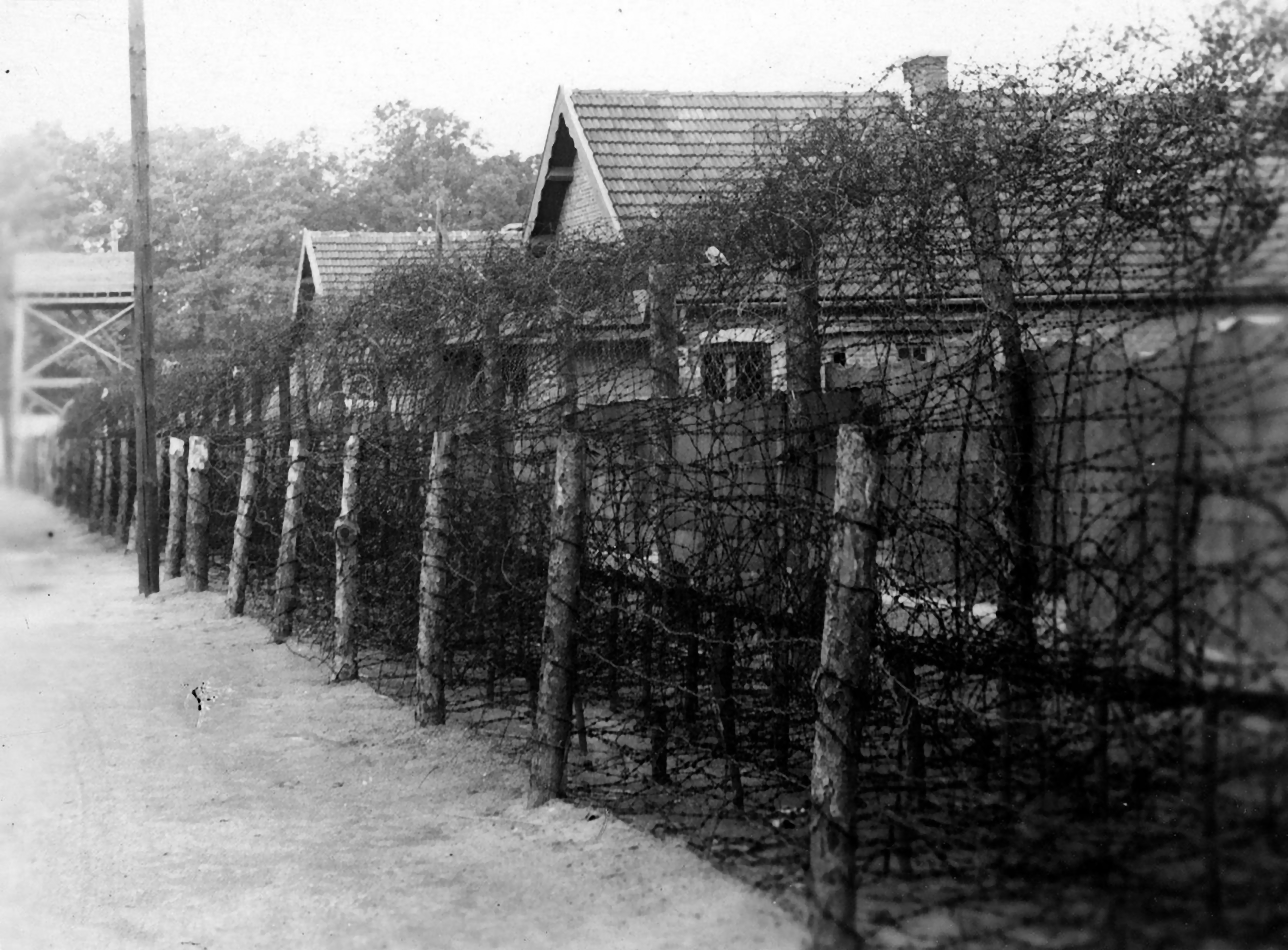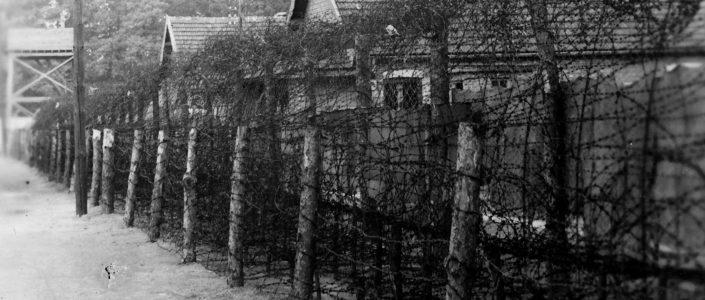|
The most memorable thing in the Beverlo camp was the internment camp that the German occupier organized there during the Second World War under the name Kriegs Wehrmacht Gefängnis Beverlo. From the beginning of the occupation, that prison was set up in the complex of the equestrian camp. The existing blocks were fenced in barbed wire with watchtowers. The windows were also secured with barbed wire and the blocks separated from each other in the same way. The internees stayed in rooms measuring six by twenty meters in groups of twenty. The rooms had wooden bins with a straw bag and a blanket for sleeping. They stood one above the other in pairs. Each room had a table with wooden benches or chests for seating. 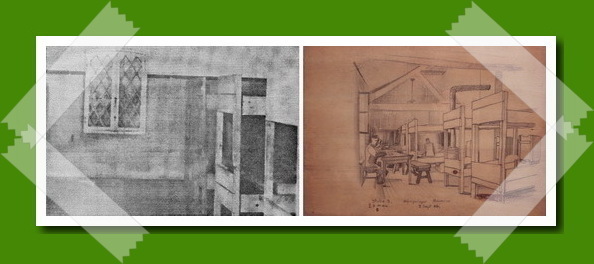 The prison was intended for political prisoners or, in the words of a camp commandant, ‘bandits and terrorists’. This apparently included some sixty English nuns as well as American pilots and Jews. From the Belgian side, mainly resistance fighters ended up in Beverlo camp. They were mainly guarded by punished German soldiers. Except for the morning visit to the washhouse, a limited number of work commands and the collection of meals, the inmates had to remain in the room all day without activity. The long, almost hopeless days in the room were used by some inmates to draw or paint a bit … as far as paper was available. These prisoners included: Mare NEELS (aka Marc SLEEN), the spiritual father of Nero, and Josef NASSY, an American Jew. The work of both can be seen in the MKOK (Museum K-blocks and Oscar Chapel) in Leopoldsburg. Josef Nassy’s works are also included in the collection of the United States Holocaust Museum. 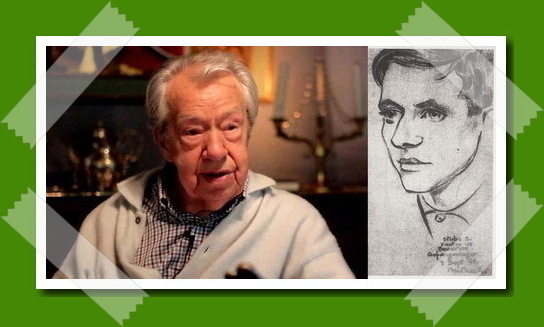 During the night of 4 to 5 September 1944, the Germans handed over the approximately 900 remaining prisoners at Leopoldsburg to the Gendarmerie, the Police, the fire brigade and the Red Cross. All prisoners were released on September 5. After the end of the Second World War, the camp housed German wounded, German prisoners of war locked up to be employed in the mines, Russian forced laborers from the Baltic camps gathered for mandatory return to their country and also collaborationist Belgians were interned there. |
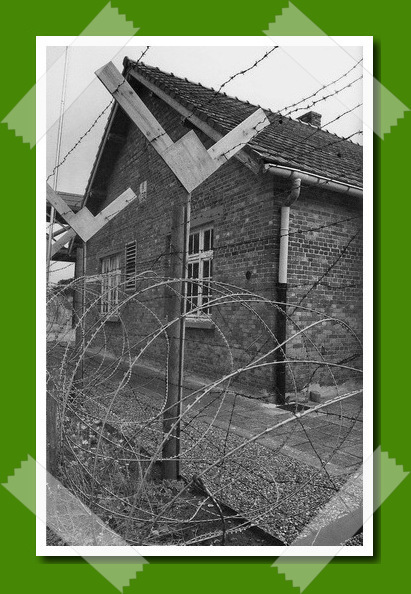
|
This article is also available in
![]() Nederlands
Nederlands
